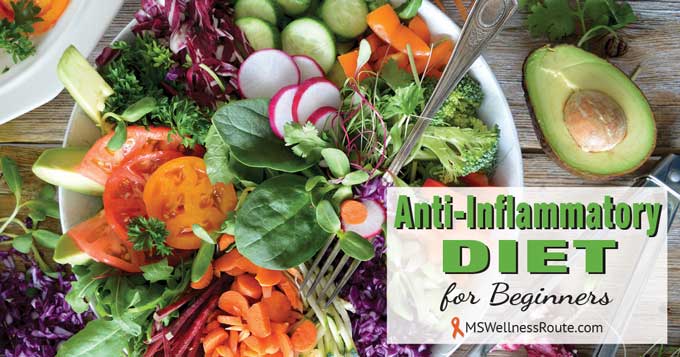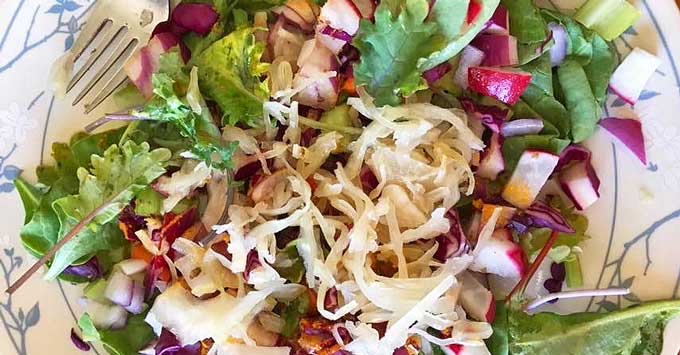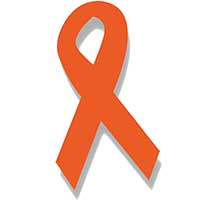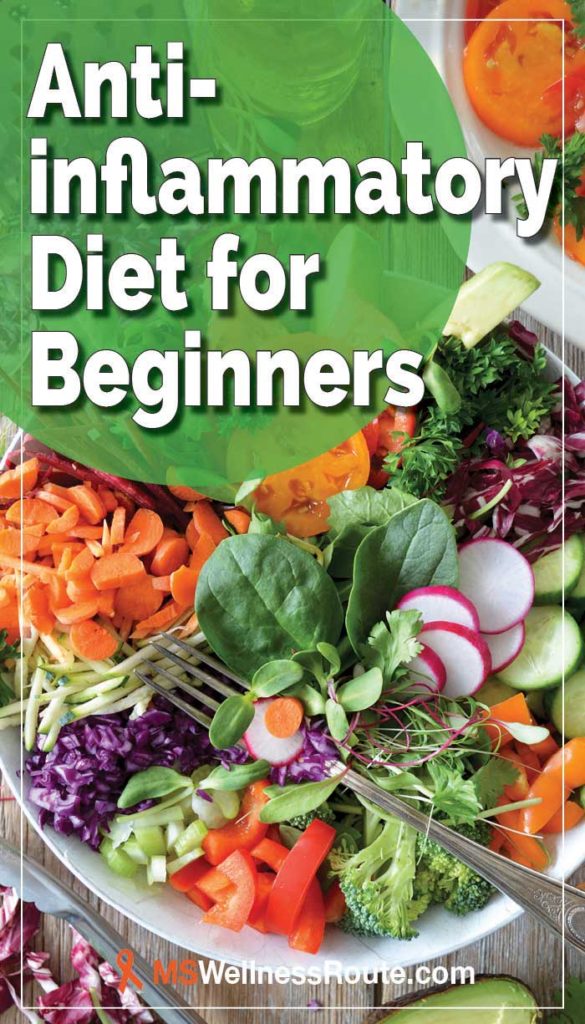Last Updated on January 27, 2025 by Cathy

Doctors consider multiple sclerosis (MS) to be an autoimmune disease. It’s also considered a neurodegenerative disease. Either way, chronic inflammation, and poor lifestyle habits are at the root of MS.
Yes, you read that right – lifestyle habits.
Granted, MS runs in families meaning it could be genetic. But, there are cases where only one identical twin has MS and not the other. If they share identical DNA they should both have MS. That proves it was some kind of environmental factor that triggered the onset of MS.
Conventional medicine also believes there’s no cure and you can’t stop the progression. They believe you can only slow it down with toxic pharmaceutical drugs. – Well, I can tell you from experience it is possible to stop the progression. And to reverse some if not all of your symptoms.
Common Symptoms Associated with MS:
- Balance issues
- Bladder issues
- Constipation
- Insomnia
- Fatigue
- Numbness
- Pins and needles sensation
- Weakness
Although conventional medicine doesn’t want to believe you can manage MS naturally. They still believe it’s because the body went haywire and started attacking itself. I personally don’t believe this, I believe it’s due to the body fighting chronic inflammation.
For me, it started with my genes. My DNA test it said I had a three times higher risk for MS. I ate the standard American diet (SAD), had way too many antibiotics, and was always stressed. This lead to a lack of good gut bacteria, yeast overgrowth, and mycotoxins (mold). Including hormone imbalances and a high level of mercury.
Possible triggers to MS:
- Diet (processed foods, refined sugar, refined carbs, food allergies, etc.)
- Infections (bacterial overgrowth, parasites, viruses, and yeast overgrowth )
- Environmental Toxins (heavy metals, mold, pesticides, plastics, etc.)
- Chronic Stress (especially emotional stress)
- Hormones (vitamin D, insulin, cortisol)
- Genetics (you can’t change your genes but you can change your gene expression by living a healthy lifestyle)
You may have noticed I fall under EVERY category of possible triggers.

There are many people who have reversed their MS including:
- Dr. Terry Wahls, The Wahls Protocol
- Palmer Kippola, Beat Autoimmune
- Pam Bartha, Become a Wellness Champion
- and many more
Conventional doctors aren’t going to help you. It’s up to you to figure out your trigger(s) and correct them. If you’re struggling I suggest contacting a functional medicine doctor to help you. For some people, it’s due to diet alone, but for most people, it’s a combination of two or more triggers.
Anti-inflammatory Diet

The first step is to change your diet to an anti-inflammatory diet. I personally follow The Wahls Protocol because I think it’s the most nutrient-dense diet. It’s a paleo-based diet but it includes more vegetables to include more nutrients.
Eating an anti-inflammatory diet sounds difficult, especially as a beginner. But it doesn’t need need to be. In order to reduce the inflammation in your body, it’s important to stop eating foods that cause a reaction.
By eliminating trigger foods the inflammation will lower and your body can begin to heal. You’ll begin to notice improvements not only from MS but in your overall health.
An anti-inflammatory diet reduces symptoms associated with:
- Autoimmune diseases
- Cancer
- Heart attack
- High blood pressure
- High cholesterol
- Obesity
- Stroke
- Type 2 diabetes
According to the Centers for Disease Control, heart disease is the number one killer in America. In reality, the number one killer is the standard American diet.
Quick Links To Information In This Post:
What Is The Wahls Protocol?
How To Start An Elimination Diet
Easy Paleo Chicken Vegetable Soup
Easy Power Green Smoothie
Beginning the Anti-inflammatory Diet
There are some foods that are highly inflammatory so you should stop eating them as soon as possible. You don’t necessarily need to go “cold turkey.” I did this and it was extremely hard and depressing.
I recommend starting with one group and then moving onto another when you feel ready. But, don’t take too long before removing another group of foods or it will take a long time and you may get discouraged. These are foods to permanently remove from your diet.
Foods to permanently remove:
- Dairy
- Gluten
- Grains
- Legumes
- Sugar
- Processed foods
Next, you need to pay attention to how your body is reacting to food. Avoid foods, even if it’s “healthy” that cause a bad reaction. Try an elimination diet to help you find hidden food sensitivities. This is how I discovered I was sensitive to nightshades.
Common food sensitivities:
- Chocolate
- Eggs
- Nightshades
- Nuts and seeds
- Shellfish
By removing these foods the body and digestive system can begin to heal. Then you may be able to reintroduce some of these “common food sensitivities” back into your diet. But, it’s very important to avoid them at first.
So what can you eat?

It seems like there’s not much left you can eat. But, as you’ll soon learn there is plenty for you to eat and enjoy. Granted, you won’t have the convenience of stopping at a fast-food restaurant. But eating real food tastes much better.
I won’t lie, the first few weeks is the hardest as you’re adjusting to a new way of eating. The trick is to always double your recipe and save half of it for a later time. You can then use it for lunches or when you don’t feel like cooking.
Foods to enjoy:
- Vegetables
- Fruit
- Healthy fats (avocados, coconut, lard, olive oil)
- Nuts
- Seeds
- Fermented foods/drinks (kombucha, pickles, sauerkraut, etc.)
- Wild-caught fish
- Pasture-raised poultry
- Grass-fed and finished meat including organ meat (offal)
Aim for as many vegetables as possible. Dr. Terry Wahls recommends eating 6-9 cups each day depending on your size. I personally eat 9-10 cups each day. Eat them as a salad, soup, or a green smoothie.
Eat 3 cups of each:
- Leafy greens (collards, kale, spinach, etc.)
- Colorful (beets, carrots, tomatoes, etc.)
- Sulfur (asparagus, broccoli, cabbage, onions, etc.)
There are many anti-inflammatory cookbooks and recipes online. I like to check cookbooks out at the library first to see if it’s something I would use before spending a lot of money. Use recipes that don’t have a lot of ingredients, the fewer the better. And, experiment – I rarely follow recipes.
One of my favorite salads includes:
- Dark leafy greens like (Swiss chard, kale, spinach, watercress, and spinach)
- Broccoli or broccoli sprouts (sprouts are highly nutrient-dense)
- Cauliflower
- Cilantro (removes heavy metals)
- Garlic (minced)
- Red cabbage
- Slices of red onion
- Parsley
- Topped off with sauerkraut (probiotic)
Drizzle lemon juice or extra virgin olive oil on top. You can also use avocado oil or flax oil.
Sprinkle the salad with herbs:
- Basil
- Garlic powder
- Ginger
- Marjoram
- Oregano
- Sage
- Thyme
- Turmeric
- also seaweed flakes like dulse or sea salt with sea vegetables

I like to use the seasoning Herbes de Provence by Trader Joe’s. It includes seven different herbs in one jar. Then I add garlic since it’s an antibiotic, antifungal, and anti-inflammatory.
You can also add avocado, mushrooms (cooked), nuts (soaked), sweet bell peppers, or tomatoes. I have to avoid these due to food sensitivities, yeast overgrowth, and mycotoxins.
Eating an anti-inflammatory diet will improve your health, your mood, and your overall quality of life.

Free Wellness Library!
Subscribe for free and I’ll send you the password to my secret library filled with many printables for your wellness journey.
Want to remember this health tip? Pin it to your favorite Pinterest board!

Resources:





